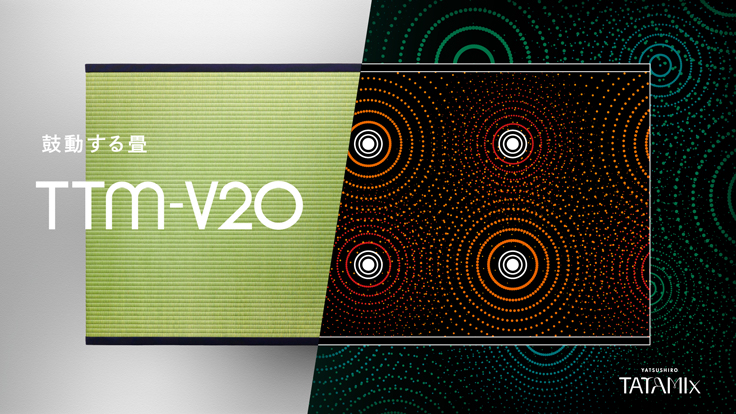
Don’t just listen to music; feel it with your body!
Tatami mats are a unique aspect of Japanese culture. Made of woven straw, filled with a soft material (traditionally rice straw, but nowadays foam), and bordered with beautifully-patterned cloth, these mats are what make up the floor of a traditional Japanese-style room, which is called a washitsu in Japanese.
Sadly, for one reason or another, tatami mats are widely falling out of use in most Japanese homes. This has also resulted in a decline in the demand for common rush, the reed-like plant that is used to make the woven surface of tatami mats, known as tatami-omote. With a decline in demand comes a decline in price, which means the rush industry is also in danger because fewer farmers are willing to grow it. Because of this, the tatami industry could disappear altogether. In fact, the number of tatami-omote produced in Japan has declined by 95 percent since its heyday at the beginning of the Heisei period (1989).
But one organization is trying to change that. The Association for the Improvement of Awareness of and Demand for Yatsushiro Tatami Mats is conducting an “open-innovation” project to promote the revival of the tatami industry in Yatsushiro City, which is located in Kumamoto Prefecture in southwest Japan. Yatsushiro is where 99 percent of Japan’s common rush is cultivated and 99 percent of the woven surfaces of Japan’s tatami mats are produced, so they have a vested interest in the cause.
Their venture is called the “Yatsushiro Tatamix Project,” and it’s a multi-stage enterprise focused on developing completely original tatami products that will help restimulate interest in tatami. They’ve just embarked on stage one! In collaboration with the Japan Acoustic Lab, which specializes in the analysis of voice and sound, they’ve released the TTM-V20, a “pulsing tatami mat” outfitted with six vibration speakers so that, when music or sound is playing through them, the whole tatami mat vibrates. While you relax upon it, you can listen to music and feel its good vibrations all throughout your body!
This unique tatami mat, which is more like a platform with a tatami-omote atop it, is the ideal “gorone” (“dozing”) spot: the best place to lay about while you scroll, read, watch movies, nap, or just relax. Its name comes from “TTM” for “tatami”, “V” for “vibration”, and 20, the value representing the lowest frequency humans can hear (20Hz); in other words, the borderline between sound and vibration.
Humans typically detect sound by sensing frequencies through their eardrums, but the TTM-V20 allows you to feel the vibrations of music with your very body. Depending on the part of your body, you experience the frequencies differently, and the Japan Acoustic Lab has taken that into account when designing the speakers as well. This mat has been created with the ultimate sound experience in mind!
The TTM-V20 can have many purposes, according to the makers. It would make an excellent addition to a spa or bathhouse, for example. Lying on one and listening to calming music after a nice soak in a hot bath or a stint in the sauna would amplify your sense of relaxation.
It would also be great for music festivals and concerts. Its ability to produce vibrations through the beat and through extremely low-frequency sounds provides an amplified musical experience like no other. It could be another way for artists to engage their fans, and offers an additional tool through which to exercise their creativity.
Or it could really augment a movie-watching experience. With high-quality sound systems embedded into the mat, you can not only listen to the crystal clear sound, which is linked to the emotion of the story, but also feel the music in your very core. By using headphones as well as the speakers of the mat, your experience of the sound becomes even more intense! It could provide a whole new movie-viewing experience.
The TTM-V20 will make its debut at the popular Mori Michi Ichiba festival in Gamagori, Aichi prefecture, a sound, food, and craft festival that will be held from May 27 to 29. There it will be combined with a foot bath and will be playing sounds of the ocean, providing an all-new relaxation experience.
Otherwise, it’s not available for purchase on the general market and thus has no price listed, but contact information is available through the project’s website for those who might want to feature it at their event or venue. If you’re looking to add a little taste of tatami to your own home, consider this versatile and inexpensive option. It doesn’t have built-in speakers, but it’s a great way to incorporate tatami without dedicating a whole room to it!
Source, images: @Press
● Want to hear about SoraNews24’s latest articles as soon as they’re published? Follow us on Facebook and Twitter!

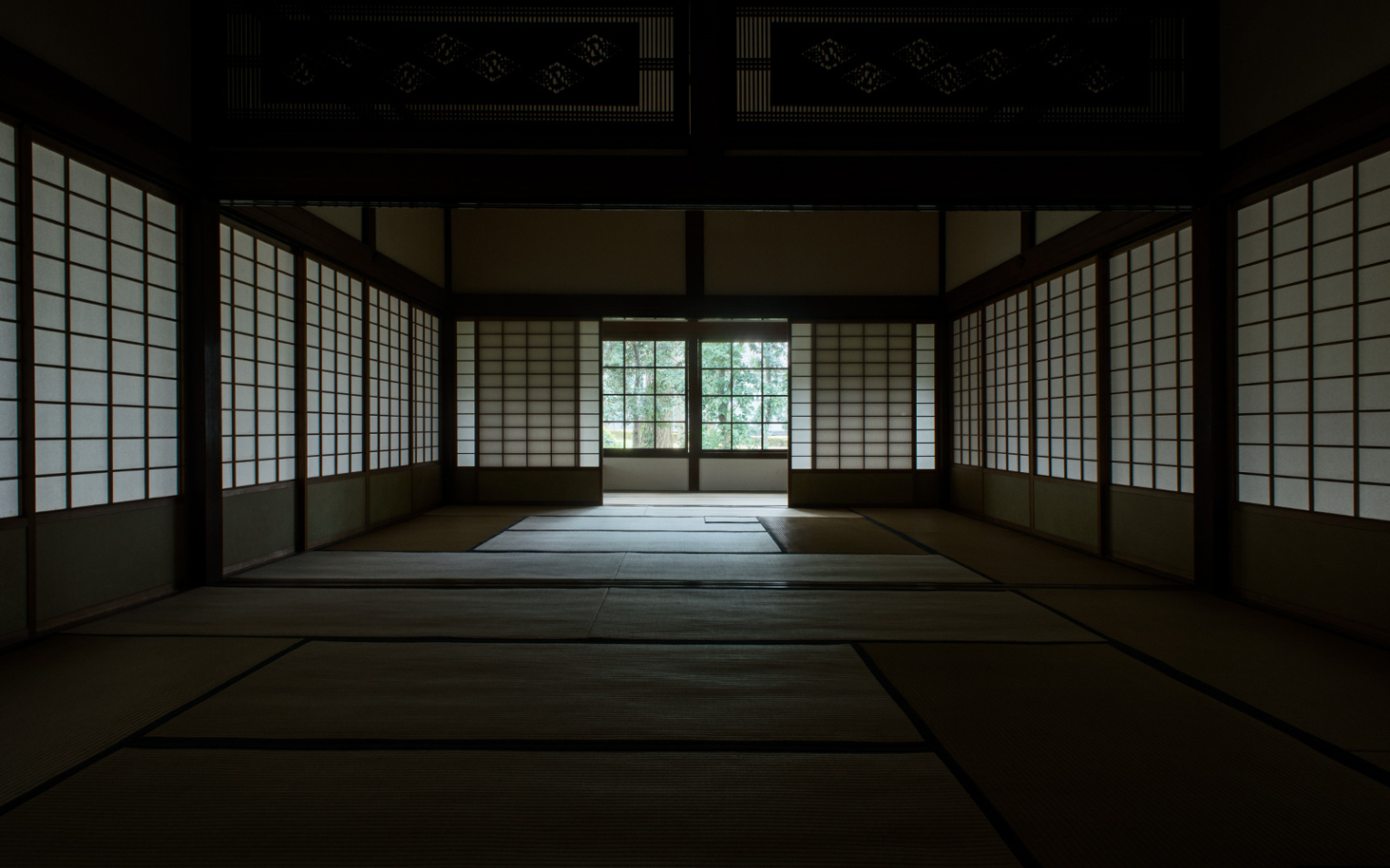
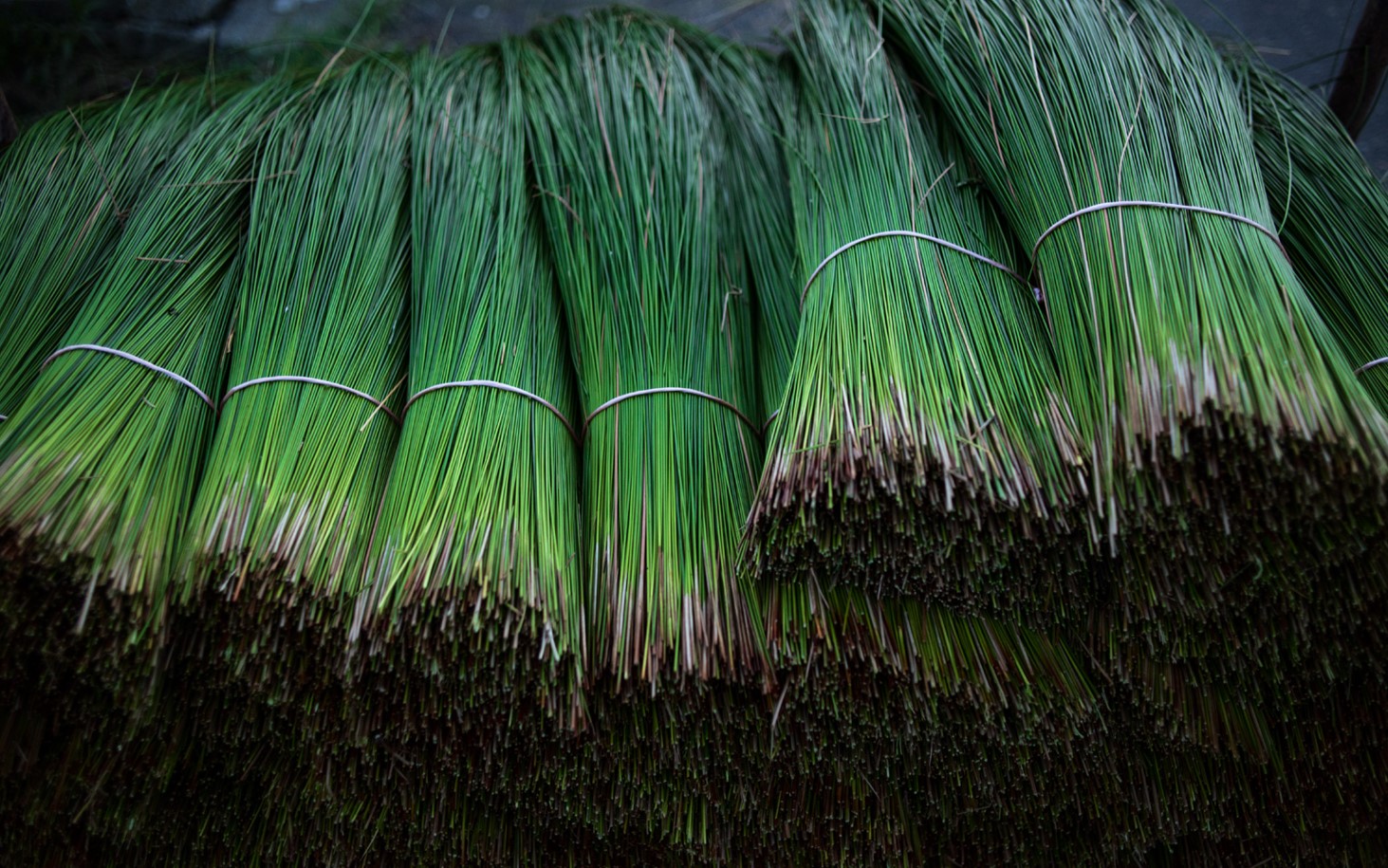


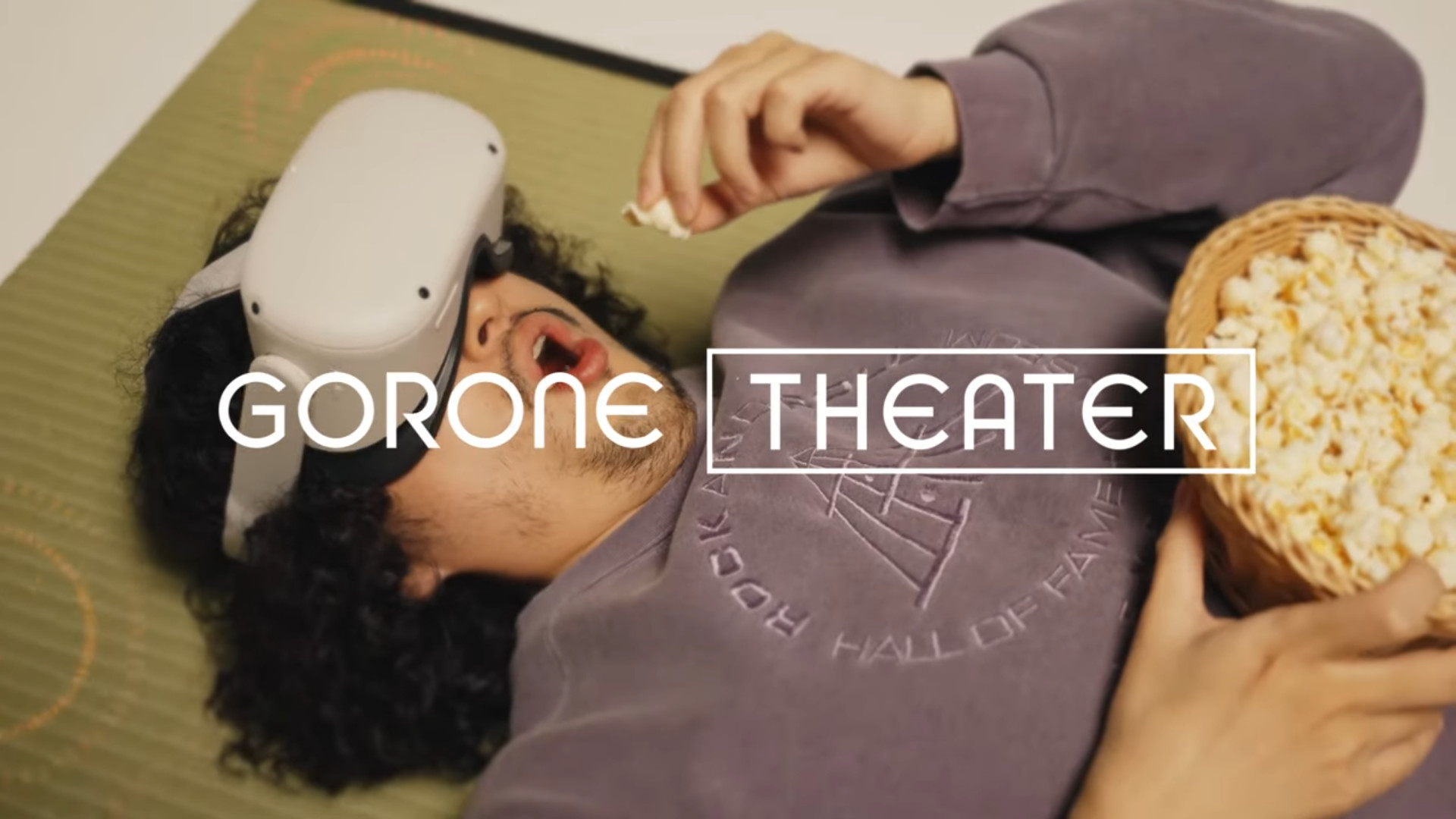
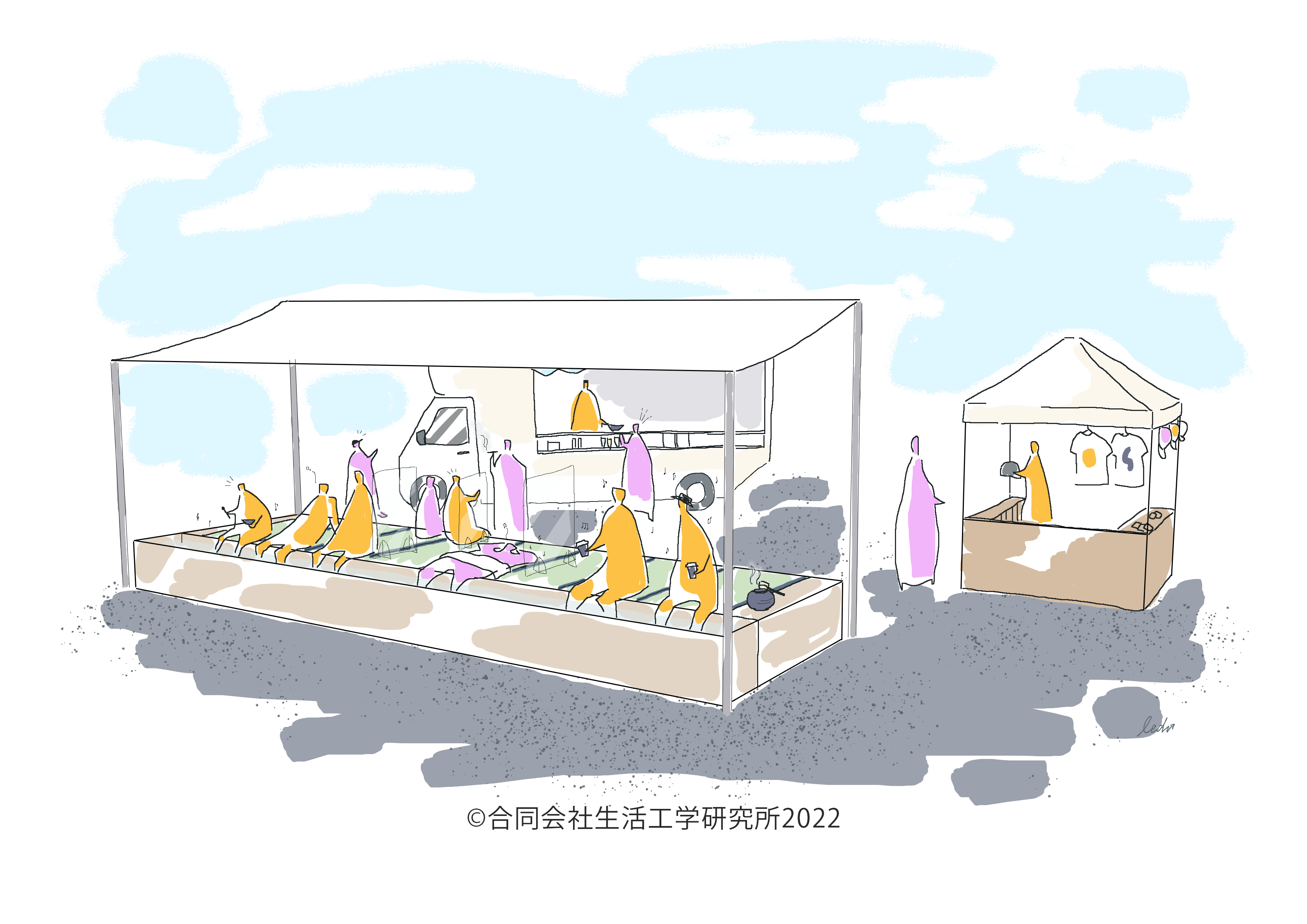
 Kumamoto Prefecture’s popular mascot can now be found on your floor
Kumamoto Prefecture’s popular mascot can now be found on your floor Japanese tatami scratching mats for “their lordships, the cats” being handmade in Kumamoto【Pics】
Japanese tatami scratching mats for “their lordships, the cats” being handmade in Kumamoto【Pics】 Mystery Tourist Spot: Merlions in Japan?
Mystery Tourist Spot: Merlions in Japan? Learn all about enjoying a traditional Japanese-style ryokan inn from this nine-minute video!
Learn all about enjoying a traditional Japanese-style ryokan inn from this nine-minute video! Kyoto massage parlor would like to offer you a head rub on a self-driving tatami reed floor【Vid】
Kyoto massage parlor would like to offer you a head rub on a self-driving tatami reed floor【Vid】 Japan’s new difficult-to-drink-from beer glass protects your liver, but it’s a brutal experience
Japan’s new difficult-to-drink-from beer glass protects your liver, but it’s a brutal experience How to order snacks on a Shinkansen bullet train in Japan
How to order snacks on a Shinkansen bullet train in Japan New samurai glasses are Japan’s latest weird must-have souvenir
New samurai glasses are Japan’s latest weird must-have souvenir “Deflowering” services for virgin women are now a thing in Japan, apparently
“Deflowering” services for virgin women are now a thing in Japan, apparently Doraemon found buried at sea as scene from 1993 anime becomes real life【Photos】
Doraemon found buried at sea as scene from 1993 anime becomes real life【Photos】 Burger King Japan suddenly adds Dr. Pepper and Dr. Pepper floats to its menu nationwide
Burger King Japan suddenly adds Dr. Pepper and Dr. Pepper floats to its menu nationwide Hello, cosmetics! Clinique teams up with Hello Kitty this summer for first-time collaboration
Hello, cosmetics! Clinique teams up with Hello Kitty this summer for first-time collaboration Princesses, fruits, and blacksmiths: Study reveals the 30 most unusual family names in Japan
Princesses, fruits, and blacksmiths: Study reveals the 30 most unusual family names in Japan High-fashion Totoro cuddle purse is like an elegant stroll in the forest【Photos】
High-fashion Totoro cuddle purse is like an elegant stroll in the forest【Photos】 Demon Slayer: Kimetsu no Yaiba gets new roller coaster attractions and food at Universal Studios Japan
Demon Slayer: Kimetsu no Yaiba gets new roller coaster attractions and food at Universal Studios Japan Nintendo history you can feel – Super NES, N64, and GameCube controllers become capsule toys
Nintendo history you can feel – Super NES, N64, and GameCube controllers become capsule toys “The most Delicious Cup Noodle in history” – Japan’s French Cup Noodle wins our heart【Taste test】
“The most Delicious Cup Noodle in history” – Japan’s French Cup Noodle wins our heart【Taste test】 Starbucks releases a cute Frappuccino and Unicorn Cake…but not in Japan
Starbucks releases a cute Frappuccino and Unicorn Cake…but not in Japan Kyoto Tower mascot termination reveals dark side behind cute Japanese characters
Kyoto Tower mascot termination reveals dark side behind cute Japanese characters McDonald’s Japan’s Soft Twist Tower: A phantom ice cream only sold at select branches
McDonald’s Japan’s Soft Twist Tower: A phantom ice cream only sold at select branches Yabai Ramen: What makes this Japanese ramen so dangerous?
Yabai Ramen: What makes this Japanese ramen so dangerous? Finally! Nintendo Japan expands Switch 8-bit controller sales to everybody, Online member or not
Finally! Nintendo Japan expands Switch 8-bit controller sales to everybody, Online member or not Japanese government wants to build luxury resorts in all national parks for foreign tourists
Japanese government wants to build luxury resorts in all national parks for foreign tourists To combat declining birth rate, Japan to begin offering “Breeding Visas” to foreigners
To combat declining birth rate, Japan to begin offering “Breeding Visas” to foreigners 10 things you should buy at 7-Eleven in Japan
10 things you should buy at 7-Eleven in Japan Studio Ghibli releases anime heroine cosplay dresses that are super comfy to wear
Studio Ghibli releases anime heroine cosplay dresses that are super comfy to wear Woman charged for driving suitcase without a license in Osaka
Woman charged for driving suitcase without a license in Osaka Studio Ghibli unveils My Neighbour Totoro miniature house model
Studio Ghibli unveils My Neighbour Totoro miniature house model Kyoto experiencing problems with foreign tourists not paying for bus fares, but not on purpose
Kyoto experiencing problems with foreign tourists not paying for bus fares, but not on purpose Fighting mild hunger with a Japanese soda that turns into jelly in the stomach【Taste test】
Fighting mild hunger with a Japanese soda that turns into jelly in the stomach【Taste test】 Studio Ghibli’s Howl’s Moving Castle tapestry unveiled in Japan for first time
Studio Ghibli’s Howl’s Moving Castle tapestry unveiled in Japan for first time McDonald’s new Happy Meals offer up cute and practical Sanrio lifestyle goods
McDonald’s new Happy Meals offer up cute and practical Sanrio lifestyle goods Sales of Japan’s most convenient train ticket/shopping payment cards suspended indefinitely
Sales of Japan’s most convenient train ticket/shopping payment cards suspended indefinitely Sold-out Studio Ghibli desktop humidifiers are back so Totoro can help you through the dry season
Sold-out Studio Ghibli desktop humidifiers are back so Totoro can help you through the dry season Japanese government to make first change to romanization spelling rules since the 1950s
Japanese government to make first change to romanization spelling rules since the 1950s Foreigner’s request for help in Tokyo makes us sad for the state of society
Foreigner’s request for help in Tokyo makes us sad for the state of society Ghibli founders Toshio Suzuki and Hayao Miyazaki contribute to Japanese whisky Totoro label design
Ghibli founders Toshio Suzuki and Hayao Miyazaki contribute to Japanese whisky Totoro label design Tokyo’s most famous Starbucks is closed
Tokyo’s most famous Starbucks is closed Gorgeous Japanese tatami reed book covers, card holders a fresh outlet for old-school style
Gorgeous Japanese tatami reed book covers, card holders a fresh outlet for old-school style Japan’s new edible chopsticks have a special flavor, but don’t taste like “food”
Japan’s new edible chopsticks have a special flavor, but don’t taste like “food” 44 bubble machines on the roof of a Japanese country house is our idea of renovating【Video】
44 bubble machines on the roof of a Japanese country house is our idea of renovating【Video】 Not ready to go full tatami? This clever item adds a dash of Japanese reed flooring to your home
Not ready to go full tatami? This clever item adds a dash of Japanese reed flooring to your home New Shibuya capsule hotel targets women visiting from overseas with gorgeous bath and more
New Shibuya capsule hotel targets women visiting from overseas with gorgeous bath and more The top 10 instances when Japanese people feel thankful to be Japanese
The top 10 instances when Japanese people feel thankful to be Japanese New Guess ad campaign features Japan in all her stunning glory
New Guess ad campaign features Japan in all her stunning glory New ultra-stylish, extra-traditional Shinkansen has tatami floors, foot baths
New ultra-stylish, extra-traditional Shinkansen has tatami floors, foot baths This decommissioned bus on the side of the road in Tochigi serves up some tasty ramen
This decommissioned bus on the side of the road in Tochigi serves up some tasty ramen Totoro and Catbus bath mats are here to keep your floor dry and your home Ghibli-adorable【Photos】
Totoro and Catbus bath mats are here to keep your floor dry and your home Ghibli-adorable【Photos】 Beautiful new Tokyo hotel gives you the best of both worlds with hot spring bath in the big city
Beautiful new Tokyo hotel gives you the best of both worlds with hot spring bath in the big city Japanese-style accommodation at the new Premium Dormy Inn hotel in Asakusa will blow your mind
Japanese-style accommodation at the new Premium Dormy Inn hotel in Asakusa will blow your mind How to make open-air dining in winter awesome: Take the kotatsu outside!
How to make open-air dining in winter awesome: Take the kotatsu outside! Do you really need to wear toilet slippers when using the bathroom at home? Japan’s netizens vote
Do you really need to wear toilet slippers when using the bathroom at home? Japan’s netizens vote Move over headphones, Sony’s new speakers let you blast music out of your shoulders
Move over headphones, Sony’s new speakers let you blast music out of your shoulders
Leave a Reply